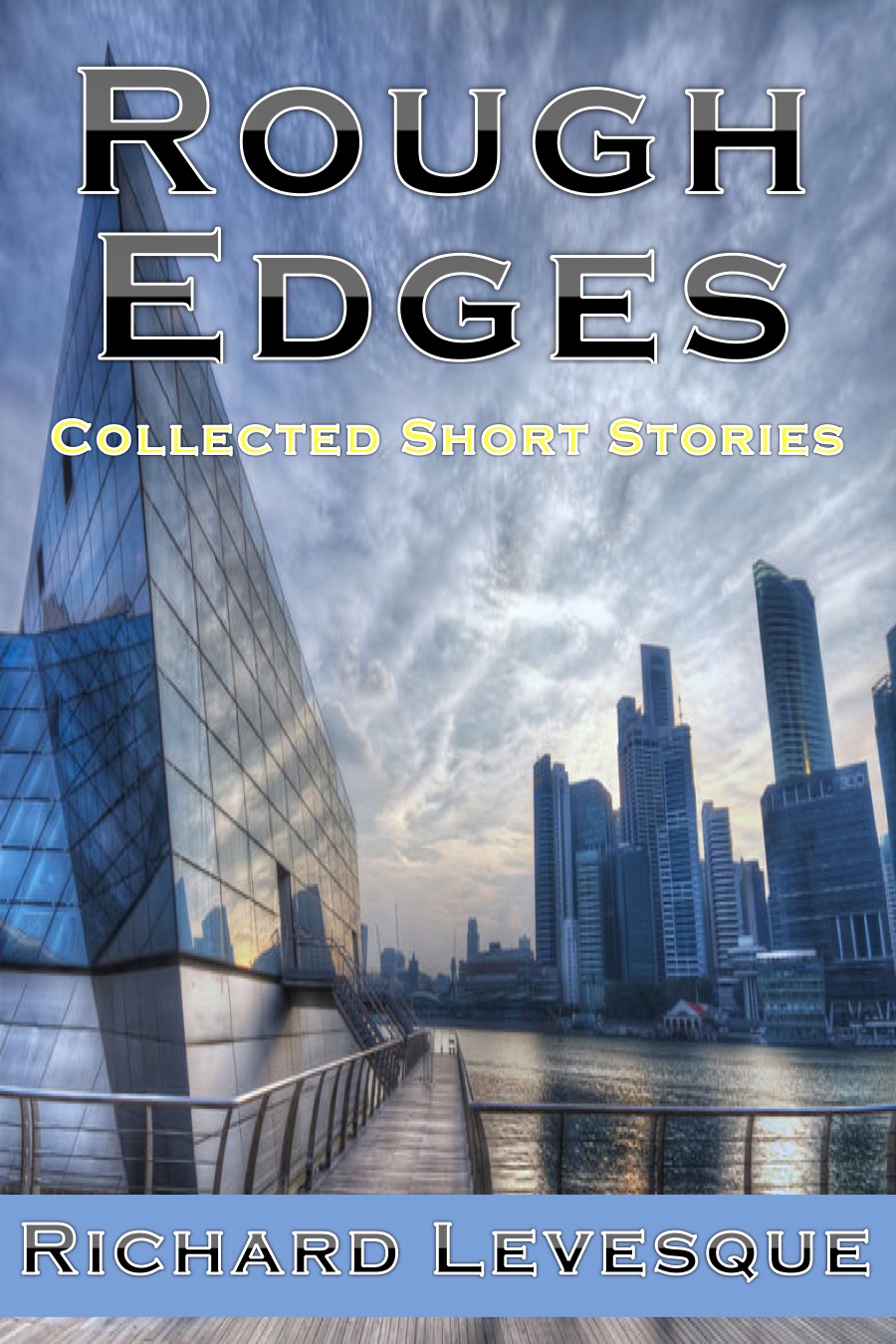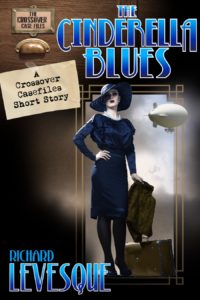World Building 101
When I wrote my first science fiction novel, Take Back Tomorrow, I didn’t have to worry too much about “world building” since it’s a time travel novel set in 1940. Even though it’s technically an alternate history, the world of the novel is essentially the same as the Los Angeles of 1940 familiar to just about anyone with a basic awareness of American culture. With my second release, Dead Man’s Hand, I was writing an urban fantasy and so used the tropes of the genre–a “regular” urban setting in which all sorts of irregular things happen–like characters turning into werewolves or zombies–without any need for explanation.
For my upcoming book, though, I’m working in a more traditional science fiction setting–the future. And for that future to make sense, there needs to be some world building: the term used in science fiction to refer to the exposition necessary for readers to understand the historical, scientific, and cultural background of the world the characters inhabit.
This can be challenging, and writers need to avoid getting sucked into the trap of providing too much exposition. It may seem to be serving the purpose of giving readers the background they need, but it can often slow the plot down.
 Instead of hitting readers with a lot of exposition, I find it far better to consider the advice that John Campbell gave to writers when he was the editor of Astounding back in the late 1930s. Campbell had a huge influence on writers like Isaac Asimov, Robert Heinlein, Theodore Sturgeon and others, and he advised them to create stories that read like the sort of thing that would make sense if they were being published several hundred years in the future.
Instead of hitting readers with a lot of exposition, I find it far better to consider the advice that John Campbell gave to writers when he was the editor of Astounding back in the late 1930s. Campbell had a huge influence on writers like Isaac Asimov, Robert Heinlein, Theodore Sturgeon and others, and he advised them to create stories that read like the sort of thing that would make sense if they were being published several hundred years in the future.
In other words, rather than provide paragraphs about how the world had become the way it was, Campbell thought it better for writers to just jump into their stories and to have the world building occur incidentally along the way. That way, the stories would have a more natural flow.
Think about it: When Hemingway wrote The Sun Also Rises, he didn’t give his readers a history lesson on World War I and its aftermath. He just assumed his 1920s readers would know about the world his characters inhabited. Take a less well-known novel from the same period, Anzia Yezierska’s Bread Givers about Jewish immigrants in early 20th Century New York. Yezierska’s narrator describes Hester Street but doesn’t have to give readers a dissertation on poverty, immigration, the melting pot, etc. She just jumps in, and readers (even today’s) figure it out even if New York’s Jewish ghetto from 100 years ago is as alien to them as Tralfamadore is to science fiction fans.
Good science fiction works the same way. Readers are put into this world–whether it’s earth of the near future, an alternate past, or a planet light years away–and are given enough clues to figure it out, all while getting pulled into the characters, their motivations, the way they face the plot’s conflicts, etc. Slowing things down to provide details on the economy or culture or gender roles or whatever else may give readers something concrete to latch onto, but it’s not the most artistic or interesting approach. Far better, and ultimately more gripping, to treat the world of the story or novel as a real world, one the characters inhabit and move through without giving a lot of thought to how or why it got to be this way.
books literature robert heinlein Science Fiction science fiction novel theodore sturgeon traditional science fiction world building Writing







4 Responses
That was one of the things I liked the most about William Gibson’s early Cyberpunk work in the Sprawl/Neuromancer Trilogy and Burning Chrome short stories. It was very exciting to hear jargon and references that I didn’t know but could understand from context. Often it would take a few more pages or chapters until another puzzle piece fell into place before I understood what he had named or what future history event was referenced. In the imaginative genres of Sci-Fi & Fantasy, we seek the pleasure of exploration and discovery. Why deny readers that joy by showing them that everything in this new world has already been discovered… written down and indexed, with detailed footnotes, to avoid any mystery or shades of interpretation.
I think you’re right on about Gibson–perfect example of a writer creating a world we’re almost familiar with and then letting us figure it out as we read along.
It reminds me of watching part of the many hours of behind the scenes documentaries for Lord of the Rings. One of the leads on costume or props was showing the detail on weapons and costumes, and then said, “The key is to make it remarkable, and then during the film treat it like it’s nothing,” or, in other words, like it’s organic to the world. I think of that when creating some new creature or device.
Excellent example, and a good reminder that this sort of world building takes place in other media as well. The trick is to make it seamless, which I think they pulled off in those movies. Thanks for commenting.
Comments are closed.